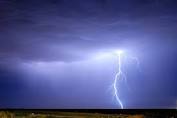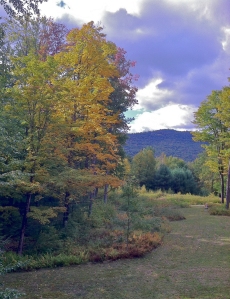I suppose it isn’t obvious why someone like me who has lived in California since 1976 should have any interest, let alone property, in Vermont. Here’s the back story.
A Flatlander

I was born in Massachusetts. Last time I checked, that still qualifies me as a “flatlander,” a never-be-a-real-Vermonter.” True. But I spent a lot of time north of the border. My mother routinely shopped in Brattleboro at the Grand Union on High Street. And I left my tonsils at Brattleboro Memorial Hospital on my fifth birthday. Maybe that doesn’t have the same ring as leaving my heart in San Francisco, but it is the truth all the same. My brother went to Middlebury, where my parents had met, decades before. Another Vermont magnet.
Up Route 30
When was old enough to drive, I liked to take my mother’s shiny new VW bug up to Route 30. I took many photos of sap buckets and barns. One rainy day, the windshield wipers died just down the hill from where I would have my VT home, a decade or three later. Coincidence? I think not!
The Lovecraft Connection
In high school, I discovered the sci-fi/horror writer, H.P. Lovecraft. His story, The Whisperer in Darkness was set in Townshend, just north of Newfane. The plot involved a George Goodenough Ackley of San Diego, CA. To make that more bizarre, my roommate at the time was George Ackerman of Palo Alto, CA, whose family owned a hill farm in Townshend! I kid you not.
Why Newfane?

A few years later, that same friend bought property in West Dummerston, just south of Newfane. To be neighborly, after my divorce in ’82, I bought a wood lot in Newfane, about five miles away. It’s now the site of Ridgeview.
And More
It goes on. My brother has lived his entire adult life in Vermont. My niece was born there. I went to grad school in Vermont in the 80’s. Yup. Middlebury. And as a result, I developed even more connections. Teaching colleagues opened a school in Vershire. I could go on.
So, despite the fact that no matter what, I will never, ever be a real Vermonter, I do love the place. It feels like home. Especially when I am sitting in an Adirondack chair on my deck, drinking coffee, watching the sun come up. Listening to the birds sing.


 June in Vermont. Summer is finally here. The green is positively throbbing with life, and the birds are ready to go before sunrise.
June in Vermont. Summer is finally here. The green is positively throbbing with life, and the birds are ready to go before sunrise. And along with them, the lightning. I had a scare last week when a guest reported that the water wasn’t running properly, or sometimes at all. Since I’m on a well rather than city water like back in CA, that news carries with it some serious dread about the state of the well. But the good news was that all was, “well.” (Sorry about that.) The pump controls had been hit by lightning, apparently. That’s all. My guest at the time confirmed a loud thunderstorm the night before, so the circumstances seemed to match. All good. And well.
And along with them, the lightning. I had a scare last week when a guest reported that the water wasn’t running properly, or sometimes at all. Since I’m on a well rather than city water like back in CA, that news carries with it some serious dread about the state of the well. But the good news was that all was, “well.” (Sorry about that.) The pump controls had been hit by lightning, apparently. That’s all. My guest at the time confirmed a loud thunderstorm the night before, so the circumstances seemed to match. All good. And well.






